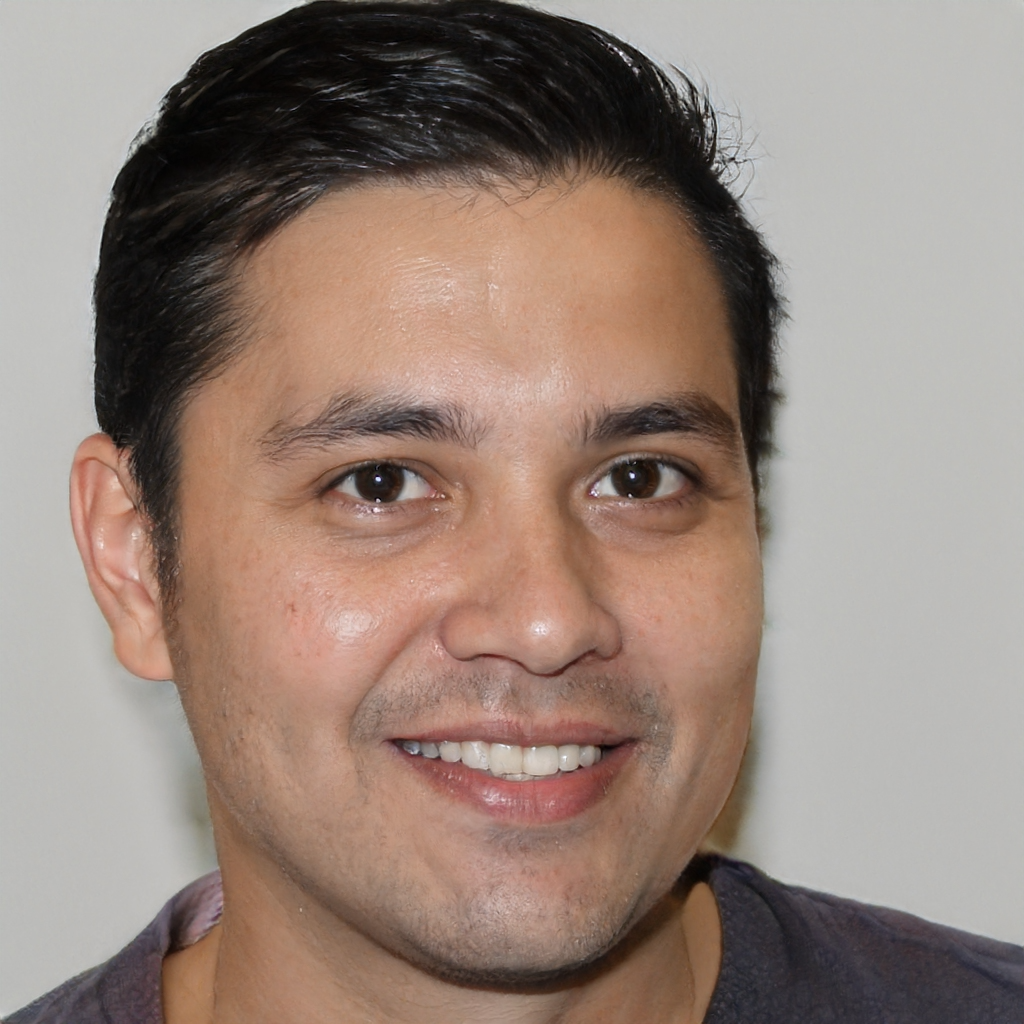Key Takeaways
-
Forecasting is not about predicting the future with certainty; it is about combining data-driven insight with intuition to make confident decisions.
-
You strengthen your forecasts by aligning quantitative models with real-world signals, allowing you to adapt quickly when circumstances shift.
The Real Meaning of Forecasting in Business
In entrepreneurship, forecasting is often misunderstood as fortune-telling. You are not trying to see the future; you are preparing for it. Forecasting in 2025 is about turning raw information into clarity, direction, and strategic control. You use data to map potential outcomes, not to guarantee them.
When you build a forecast, what you’re really doing is balancing two things: measurable data and your own instincts. Numbers give structure, but intuition gives judgment. You interpret metrics, patterns, and trends through the lens of your experience. This is what separates a true entrepreneur from someone who just crunches numbers.
Why Forecasting Builds Confidence, Not Certainty
Confidence in business rarely comes from certainty. It comes from preparation. Forecasting equips you to prepare for what might happen, so even if the outcome changes, you are not caught off guard. It is a continuous process of:
-
Collecting historical data and current signals.
-
Analyzing patterns to identify opportunities and threats.
-
Making informed assumptions about what’s next.
-
Adjusting your course as new data emerges.
You are not trying to be right all the time. You are trying to be ready all the time. That readiness is the essence of confidence in numbers and instinct.
The Dual Power of Data and Intuition
A powerful forecast always combines two dimensions:
-
Quantitative Insight: Numbers reveal measurable trends, seasonal behaviors, and growth trajectories. Metrics like conversion rates, customer acquisition costs, and revenue per user are key to identifying your business rhythm.
-
Qualitative Judgment: Experience, instinct, and context help you interpret what numbers cannot. Markets shift for reasons that data alone cannot explain — changes in consumer sentiment, regulation, or global events.
Your instinct acts as the filter between what’s real and what’s noise. A good entrepreneur never treats data as an oracle. Instead, you use it as a compass, while intuition determines direction.
How Forecasting Has Evolved by 2025
In 2025, forecasting is no longer limited to spreadsheets or historical averages. Technology has transformed it into a real-time process. Artificial intelligence, predictive analytics, and integrated business dashboards make it possible to update projections daily instead of quarterly.
This speed matters. The faster you can interpret change, the faster you can act on it. Today’s tools enable you to:
-
Monitor live financial and operational data.
-
Run scenario analyses within minutes.
-
Identify emerging risks automatically.
-
Test assumptions in dynamic market models.
These advances allow forecasting to shift from being a static planning activity to a living strategy. Instead of waiting for the quarter to end, you can adjust in real-time.
Building Forecasts That Work in the Real World
A strong forecast is not complex; it’s actionable. It must help you make decisions faster and with greater clarity. Here’s what makes a forecast effective in 2025:
-
Define a Clear Time Horizon: Decide whether your forecast focuses on the next quarter, year, or three years. Each timeline requires different levels of precision and flexibility.
-
Base Assumptions on Data, Not Hope: Optimism has its place, but overconfidence without data is dangerous. Every assumption should have a source — historical averages, market trends, or operational capacity.
-
Incorporate Variability: No forecast is perfect. Include multiple scenarios — best case, expected case, and worst case. Planning for extremes helps stabilize your strategy.
-
Validate and Update Frequently: Review your forecasts monthly or even weekly. Markets evolve, and so must your expectations. The most successful entrepreneurs in 2025 treat forecasting as a habit, not a one-time report.
-
Tie Forecasts to Action: A forecast is valuable only if it influences what you do next. Link your numbers directly to hiring, spending, or scaling decisions.
The Role of Time in Forecasting
Time defines how reliable your forecast can be. A short-term forecast (3 to 6 months) is usually more accurate because it reflects current conditions. Long-term forecasts (1 to 3 years) depend on broader economic and industry patterns.
Successful forecasting requires adjusting accuracy expectations according to time. You may not know exactly what next year holds, but you can model what’s likely. The further out you plan, the more weight instinct carries.
That’s why entrepreneurs who think long-term still make short-term forecasts. You need near-term agility and long-term direction simultaneously. The connection between both is what shapes strategic growth.
Using Forecasting to Strengthen Team Decision-Making
Forecasting should not live in a single department or on one laptop. When shared across your team, it becomes a coordination tool. Everyone from marketing to operations can align around the same assumptions, timelines, and targets.
When your team understands the logic behind your forecasts, collaboration improves. People stop guessing what matters most and start acting toward measurable outcomes. Forecasting creates accountability and unity by turning intuition into shared metrics.
Regularly revisiting forecasts with your team also develops analytical discipline. Instead of reacting emotionally to short-term results, you learn to evaluate data collectively and refine decisions based on facts and context.
Recognizing Forecasting Bias and Its Cost
Even in 2025, one of the biggest risks in forecasting is bias. Overestimating growth or underestimating costs can distort your entire strategy. Bias often enters through:
-
Emotional attachment to outcomes.
-
Selective use of favorable data.
-
Ignoring early warning signs.
-
Failure to challenge assumptions.
You minimize bias by inviting multiple perspectives into your forecasting process. Ask questions like:
-
What happens if we’re wrong?
-
Which metrics could contradict our assumptions?
-
Are we accounting for external changes beyond our control?
Forecasts built on intellectual honesty help prevent costly surprises. You are not proving yourself right; you are protecting your business from blind spots.
Forecasting as a Measure of Leadership Maturity
Your ability to forecast well reflects how mature your leadership has become. It shows that you can think in probabilities, not certainties. Mature leaders acknowledge risk without fear and opportunity without exaggeration.
By 2025, investors and partners value forecasting transparency more than ever. They want to see how you connect your assumptions to measurable performance. A disciplined forecasting approach communicates strategic credibility. It tells others you understand the difference between vision and wishful thinking.
Forecasting also reinforces resilience. When you see multiple futures before they arrive, setbacks stop feeling catastrophic. You can pivot faster because your decision-making muscle is already trained to adapt.
Seeing Beyond Numbers: Forecasting as a Mindset
Forecasting is not just a task; it’s a mindset. It’s how you approach uncertainty with structure and calm. You develop this mindset by combining the discipline of data with the courage of intuition.
In 2025, the entrepreneurs who stand out are not those who predict perfectly. They are the ones who respond intelligently when forecasts shift. The real victory is not accuracy but adaptability. Numbers give you confidence, but your instincts give you motion.
Predicting Clarity, Not Certainty
Forecasting in entrepreneurship is not about eliminating risk; it is about organizing it. You learn to see uncertainty as information instead of chaos. The more disciplined your forecasting, the more confidently you can lead through volatility.
Your role is not to be a fortune-teller. It is to be a pattern-recognizer, a meaning-maker, and a strategist who can connect numbers to action.











